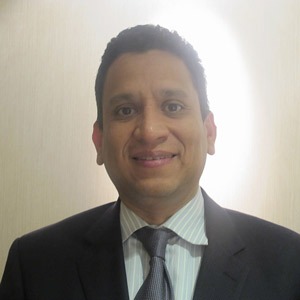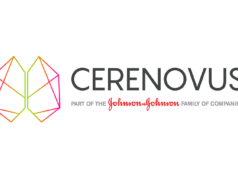
At the International Stroke Conference (12–14 February 2014, San Diego, USA) NeuroNews spoke to Javier Romero (director of ultrasound, clinical director of the Neurovascular Laboratory, Massachusetts General Hospital Institute of Heart, Vascular and Stroke Care, Boston, USA) about his poster presentation: “Could CT angiogram be the next screening test for carotid disease? Ultralow radiation for neck CT angiography.” He discussed ultralow radiation as an intermediate imaging tool to bridge the gap between ultrasound and CT angiography
What was the motivation for this study?
This idea was born from our multidisciplinary team which includes both vascular surgeons and neurologists. They truly want a method for looking at the carotid arteries and to depict them anatomically in a perfect way. We have two methods today—ultrasound and computed tomography angiography (CTA). Ultrasound is non-invasive; however, it lacks the resolution and the precision that CTA has. The downside of CTA is that it requires radiation. The neck is an organ that is very perceptible to radiation because it has many glands, lymph nodes, particularly the thyroid, that are affected by radiation. We said we should come up with an intermediate [method], which reduces that radiation effect with the anatomic precision of the CT angiogram.
Looking at the technology we found that we only wanted to see the vessels; we did not want to see the soft tissues. If we reduced certain parameters, we could probably see the vessels very well. In this prospective trial we reduced the kV, which is a parameter that reduces significant radiation and the image looked very good. Then we reduced mA parameter almost by half. When we looked at the image, it still looked perfect. We looked at the soft tissues, all the tissues around the artery, and the image did not look that good but at the same time we were not interested in that, we were interested in the arteries. We thought that this was promising and we decided to reduce the parameters a little more and this is when we began a trial and we were able to reduce radiation in this study by 70%, with even better images in terms of the artery. This was a surprise to us.
Is this method for diagnostic image alone or is it for intraprocedural imaging?
This is really a diagnostic test, so it is only to see the degree of narrowing of the carotid arteries which is essential for any procedure in the future, like surgery or stenting.
How would you define ultralow radiation?
There are several initiatives in the radiology community. Some say if you decrease it from below 1millisievert, which is the lowest type of radiation you can have, then that would be an appropriate exam. However, we consider 1.5 millisievert a low radiation, not ultralow. What you want is a radiation that does not damage at any point the tissue that you are imaging, and even if you repeat it 10 times a year, you are still safe.
How does ultralow CTA screening compare to other screening tools?
In terms of resolution, ultralow CTA it is better than ultrasound for two reasons – the resolution is higher and you inspect other areas of the vessel which is not achievable through ultrasound. The other technique that is also incredibly effective is magnetic resonance angiography (MRA) which has no radiation involved and is good technique. However, there are some limitations—it is very costly and patients have to stay still for a long time.
What are the cost implications of the new screening tool?
It is not lower cost than ultrasound, but it is lower than MRA. It is an intermediate. I cannot promote that it is low-cost imaging, but I can see where it may result in a cost savings in high-risk patients.
Are you using the new screening tool at Massachusetts General Hospital?
Yes, we are using it at Massachusetts General Hospital and the beauty of this technology is that every single scanner or CTA in the USA, the majority of which are already upgraded, have a capability to do what we did. This screening tool not added software; it is just tweaking parameters in the right way.













